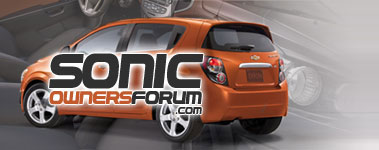As I understand it, the benefit of polarized filters in general is to reduce glare. Many sunglasses are polarized, for example, those sunglasses that are marketed to fisherman. For a fisherman, a polarized lens allows one to see through the surface of the water. In contrast, a non-polarized filter merely blocks a certain percentage of light passing through the lens, but does not discriminate between which kinds of light are passing through. They are merely semi-opaque. While the overall brightness being transmitted through the lens is reduced, the glare is still permitted to pass through.
As to the particular reasons one might wear polarized lenses while driving, I suspect they revolve around the same goal: glare reduction. One example would be wearing polarized lenses (but not dark tinted lenses) at night to reduce the glare from oncoming headlights. In the daytime, the same principles apply.
Where it gets interesting is when different polarized filters interact with each other. Depending on the orientation of the filters in relation to each other, strange things can happen. Such as when you are wearing polarized glasses and look at the window of a car that has been tinted with polarized film. The interaction of the two different polarized filters can significantly affect the refraction of light giving the window a rainbow effect such as you see with an oil slick.
I am currently wearing polarized fishing glasses which have no effect in combination with the speedo in my car. They do, however, make it difficult to see through the polarized cover on my phone as I type this.
